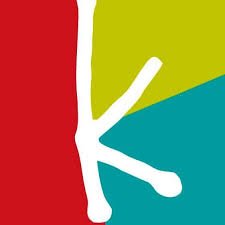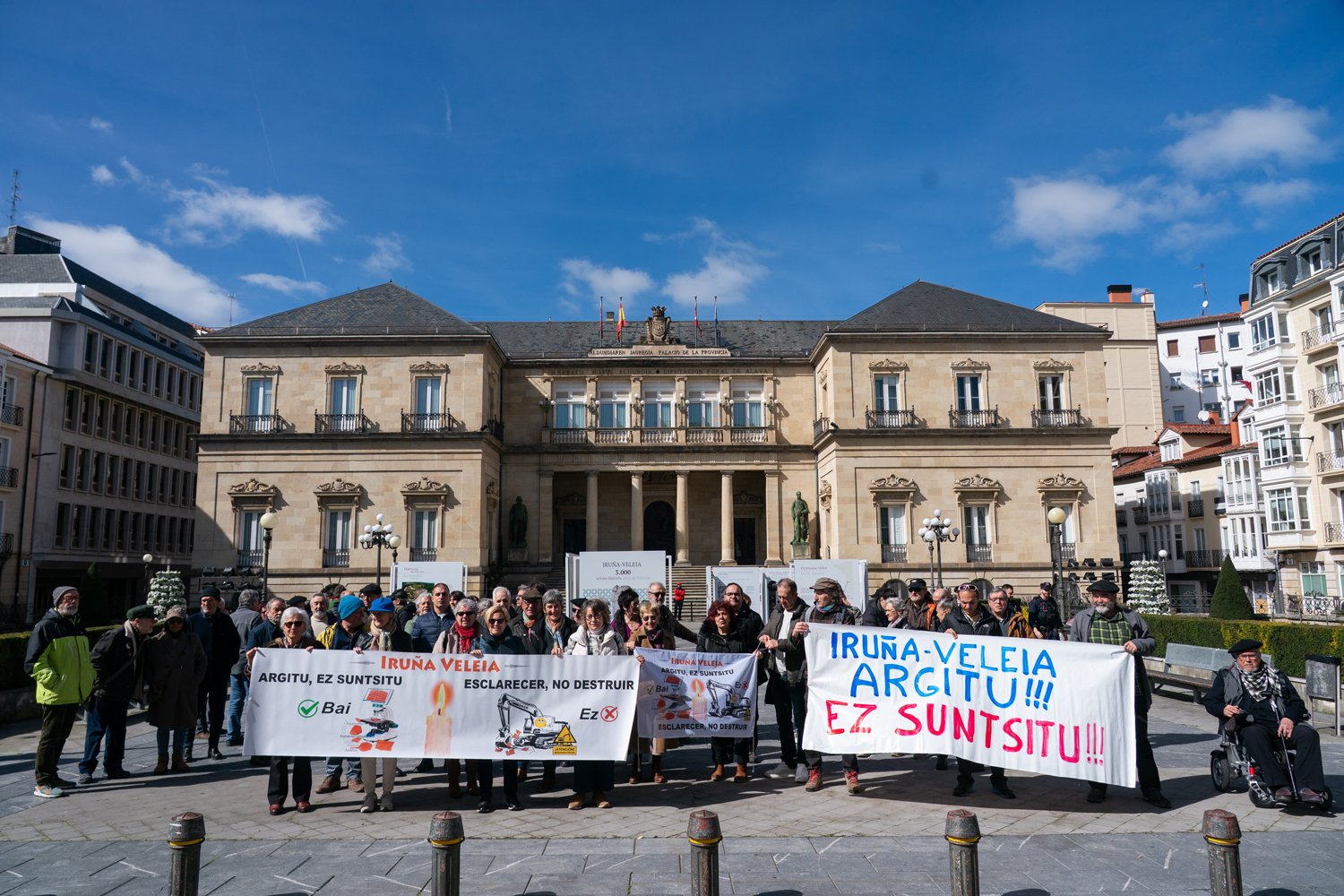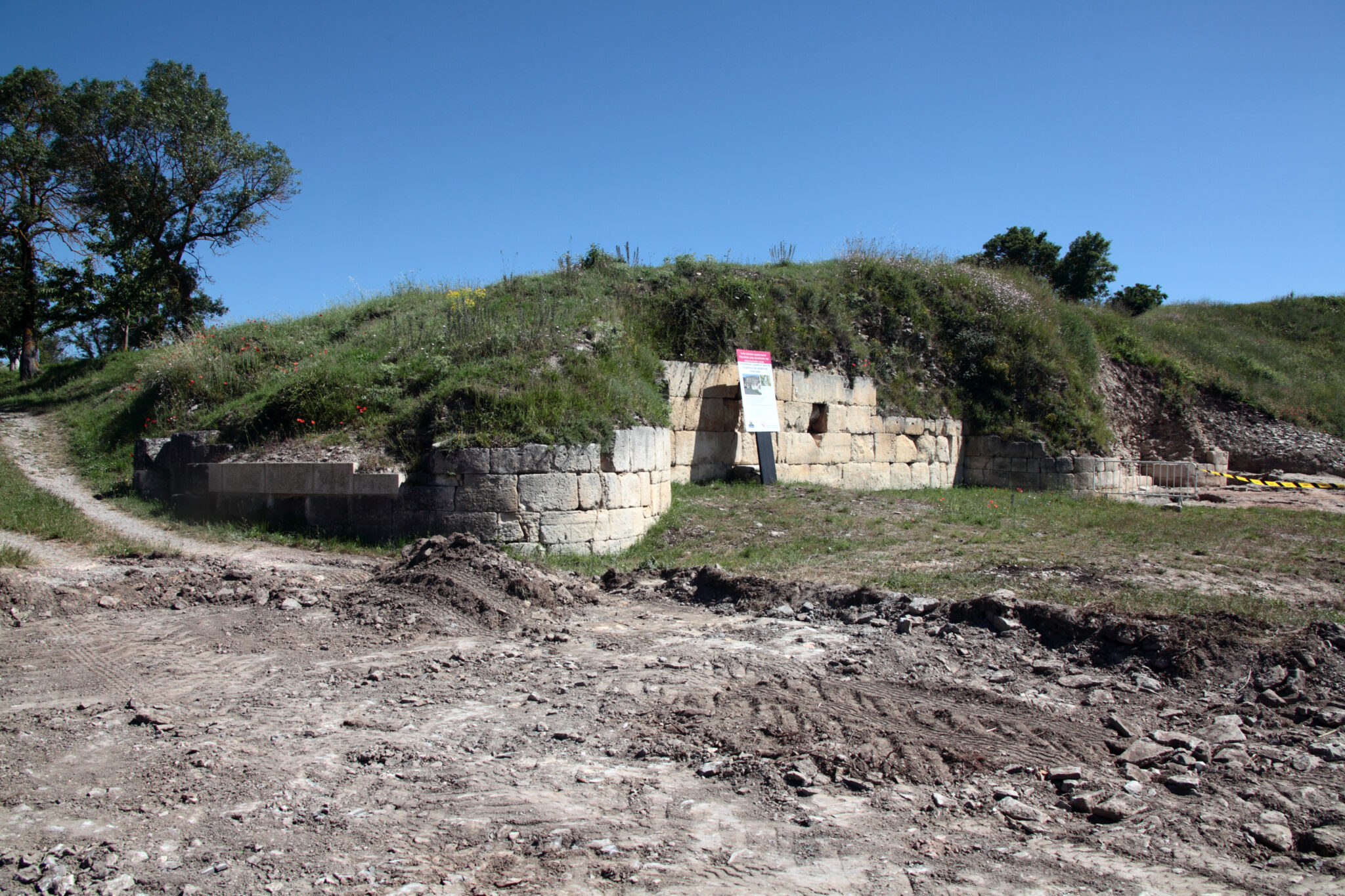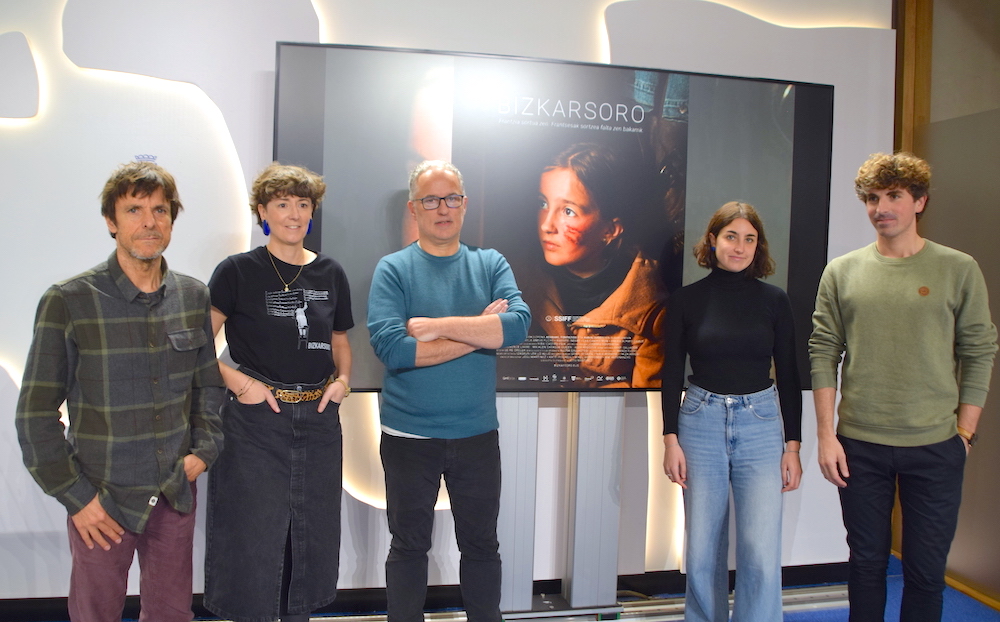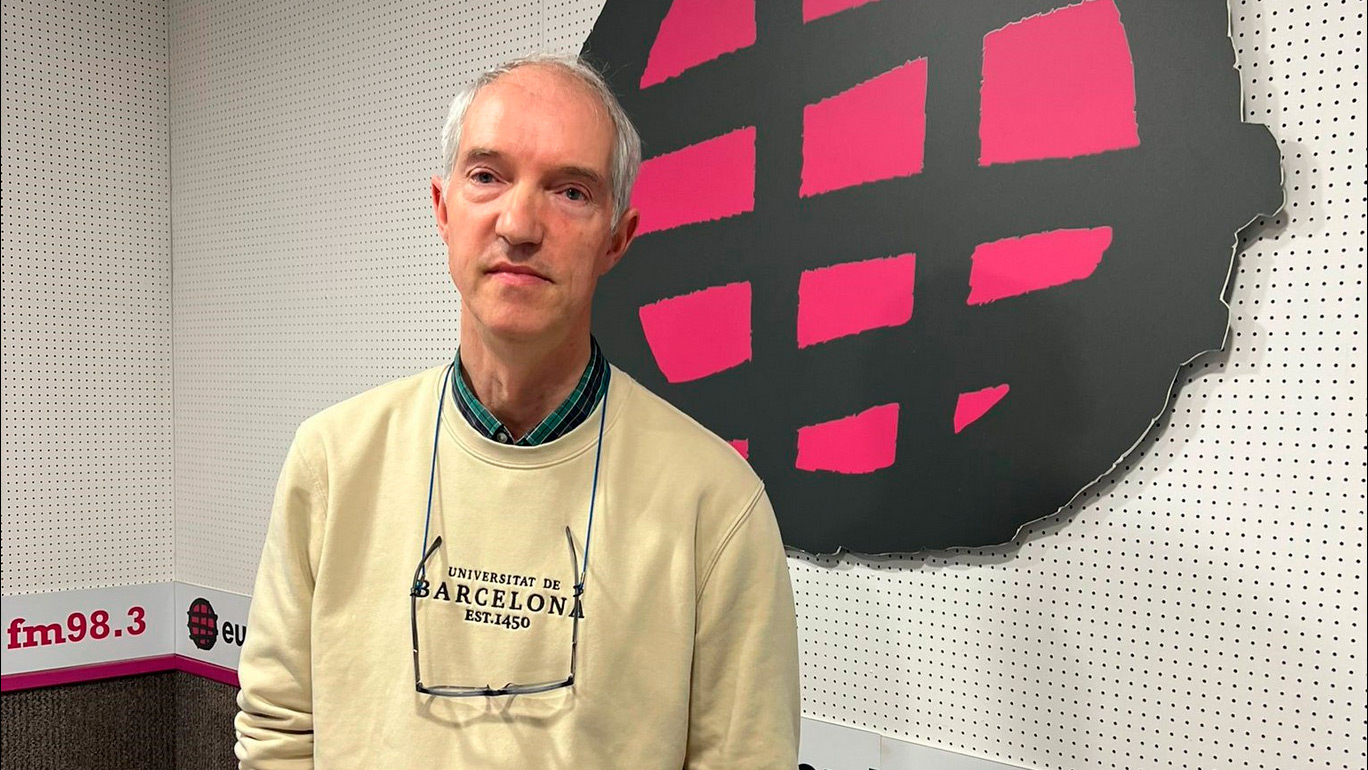There is an old text written in Basque from Amescoa
- It was written by a priest from Eulate in the late 18th century or early 19th century.

Discovery
A few months ago, the roles of former scholar Aingeru Irigarai (1899 – 1983) came to the Archivo Real y General de Navarra. As we looked at him and catalogued him, there appeared, among other things, an old handwritten Christian anonymous doctrine that said on the cover "Come from Eulate."
"If this is so, I'm in front of a gem," I thought. Please note that in 2002 the 18th and 19th Armur appeared. The doctrine of the twenty-first century was a piece of the Basque doctrine of America, a unique and scarce testimony.
Well, it starts to read, and – like crazy dreams! It was a manual copy of the doctrine that Gipuzkoan Juan Irazusta published in the 18th century. Interesting yes, but by no means the Basque of Améscoa. That's probably why Irigarai didn't give it special importance.
But the pages of the text move forward, and all of a sudden, there's a pause. From a moment on, the writer used another ink, another pen. Another writing… and another language! What special talk, which shares the characteristics of Navarre with those of the West (Bizkaia, Gipuzkoa and Araba)! That could be, at least, the word of that Eulate hour.
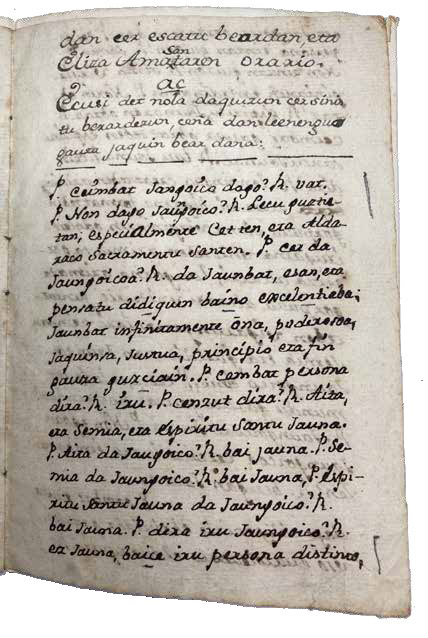
This page changes language and writing. Source: NEAN, Fondo Irigarai, box 1, carpetilla 3, no signatures -4
Author
The first job is to know who wrote this anonymous text. Being a religious text, the author could be humble. The parish books collaborated in this work. In these books, the parish priest handpoints baptisms, weddings, deaths, etc. and sign them. It was therefore enough to compare the writing of our text with that of the priests who have written for centuries in the books of the parish of Eulate.
Eureka! The lyrics are undoubtedly by Juan Miguel Gartzia de Bakedano. The author was born in Eulate on 15 May 1739. His father was Eulate and his mother, who died at birth, was Larraona. Grandparents also in the area. The father married another woman from Eulate and had more children. Then he killed his father and the stepmother married again. Difficult childhood, Bakedano's.
He studied grammar in the grammar study of Estella, Theology in Vitoria and Philosophy and Morality in Calatín. In 1761 he got a chaplain in his hometown, then in the church of Larraona, from where he jumped to Álava. From 1767 he visited the parishes of Urabain and Bikuña. He then returned to the parish of his hometown, until in 1796 he resigned to her for vision and rheumatism. In any case, it did not have a good relationship with the parishioners or the family. He died on December 18, 1820, at the age of 81, and buried the hermitage in the church of San Juan Bautista of the town.
The five pages of the Euskera document of Eulate are therefore a golden sheet for the Basque of the eighteenth and nineteenth centuries of Amescoa. Furthermore, as there are some specific linguistic features in the Armup text I mentioned earlier and which belongs to the same time, we can now know more confident that they were actually used in Améscoa. But these linguistic features of the text are obviously not exclusive to America. Its spatial and temporal extension is different.
Thus, the more geographically extended these characteristics are older. Some, the oldest, were then spread all over the west: in Bizkaia, in Álava and, to a large extent, in Gipuzkoa, as well as in the language of Burunda, today live. Thus, in our text, when a word ends in a and then is added – a, the meeting of both makes (and then almost): It's from Virginia, because it's Birgina +. Some verbs like ‘yours’ and zen’, or words well (and not well) go in the same line, linking with the extensive Western Eulate. A few characteristics, more recent than the previous ones, however, were used in Bizkaia no, but in Álava and Gipuzkoa; for example, when plural is needed, the appearance of the singular: mundu gucico gauza ac norc ein du? (‘du’, ‘ez ditu’). Others are found only in Burunda, Lana and Amescoa, such as the absence of ñs: gainen (and not gañen).
In Amescoa's word, there are, of course, traits that move away from the West and that are from the whole East, or that are only Navarros, but not many. I am not, for example, and Irugarna are also whispers like the ‘third’.
The characteristics of Améscoa Alta appear in our text *that only the verbal forms of the series appear in form (draut and I do not say), as well as the evolution that these verbal forms have had, turning the ways of understanding into “didazula”. Also use the names of the verbs – tzaite, which are Western (especially Alaveses) in long words: ‘offer zitzen’ zaiten.
In short, that east-west mixture defines the language of Amescoa then. The oldest features came to Eulate on both sides. However, those that were created more recently came to a lower level and above all to the west. From a moment on, his language shows an isolation from external influences: they were not the most recent characteristics created from the 17th century both in the east and in the west reached Eulate: the old will be preserved. In addition, it seems that their own characteristics emerged. Isolation and own innovations can prove that Euskera was already in decline.
Eulate euskaldun
I've talked about the decline of Euskera and it's valuable to know that health. It shows that at the end of the 18th century and the beginning of the 19th century, the Basques existed in Amescoa, although they were probably bilingual, and the Basque was turning off. Thanks to other sources, we know that in 1800 Fernando Albizu Iturmendi of Aranarache considered him suitable for healing, among other things because he knew Euskera. Thus, there is no doubt that our authors brought home Euskera, because his family was from there, and when he was in Álava he also used it in his parishes, which were then Euskaldunes.
In Amescoa, Larragoa seems to have been a little more erdaldun, but Eulate, with his glory with Burunda or, better, was able to keep his tongue. Prince Bonaparte wrote to Bruno Etxenike on 7 April 1863 a letter (translated from French): "I have been assured that in the whole Estella party only in the following towns of Lower America are people who still speak Basque: Eulate, S. Martin, Ekala, Bakedao, Zudairi, Gollano, Urra, Barindano, Armur."
This document not only taught us how Euskera lived in Eulate, but also helped us to know what that Euskera was like. Anyone who wants to read the text itself, or to know more in detail about the ones mentioned here, can go to the long length of the article I have brought this same year in number 68-1 of the Euskera magazine, available on the internet.
A piece of the text that moves to the current spelling.
Lord Jesus Christ, Mr. Jangoiko ta gizon berdaderua, I myself cracking and redeeming: for all that, and above all that you are losing, repented, sir, repented of all that utterly honest heart. Emaite draut hitz ez du ofendatzeko, eta konfesatu ta kunplitzen daite penitentzia, eta apartatzaite bekatua: And offer it my life, my works and works, along with your Holy Passion, to my satisfaction as a scholar. I hope to forgive everyone, and to send Emon to command me grace.
Otsailean bost urte bete dira Iruña-Veleiako epaiketatik, baina oraindik hainbat pasarte ezezagunak dira.
11 urteko gurutze-bidea. Arabako Foru Aldundiak (AFA) kereila jarri zuenetik epaiketa burutzera 11 urte luze pasa ziren. Luzatzen den justizia ez dela justizia, dio... [+]
Martxoaren 30erako Iruña-Veleia martxan, SOS Iruña-Veleia eta Euskeraren jatorria elkarteek manifestaziora deitu dute, Aski da! Argitu, ez suntsitu lelopean. Azken bi urteetan "hondeatzaileak sistematikoki eremu arkeologiko oso aberatsak suntsitzeko modu... [+]
Urriaren 26an Iruña-Veleia Argitu, ez suntsitu jardunaldian Zenbat esku daude Iruña-Veleian aurkitutako ostraken testuetan? ponentzia aurkeztu zuen Joseba Lizeagak
“It’s been 18 years since some 400 graffiti appeared on the excavation, 16 years since he was expelled from the excavation camp of Lurmen without scientific evidence and 4 years since the trial was held without clarifying the subject, we can say that we continue to... [+]
Today, all the hierarchies that have been built in our world are the result of a process of global colonization. These global hierarchies of domination are formed by other more specific intertwined hierarchies, that is, classical, ethnic, aesthetic and even linguistic. What we... [+]
In June 18 years ago we started to get to know the paintings of Iruña Veleia. Good news for the Basques.
But the current situation is not so satisfactory. On the one hand, the Provincial Council of Álava (DFA) says that all graphites are false, and that those who think... [+]



